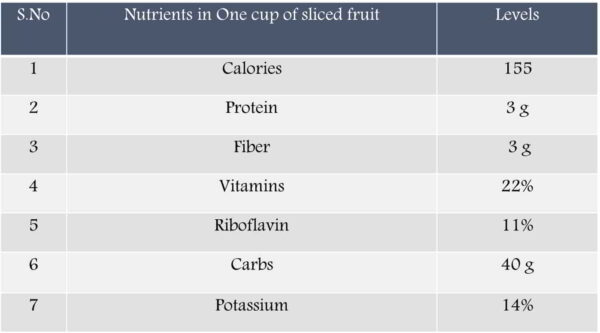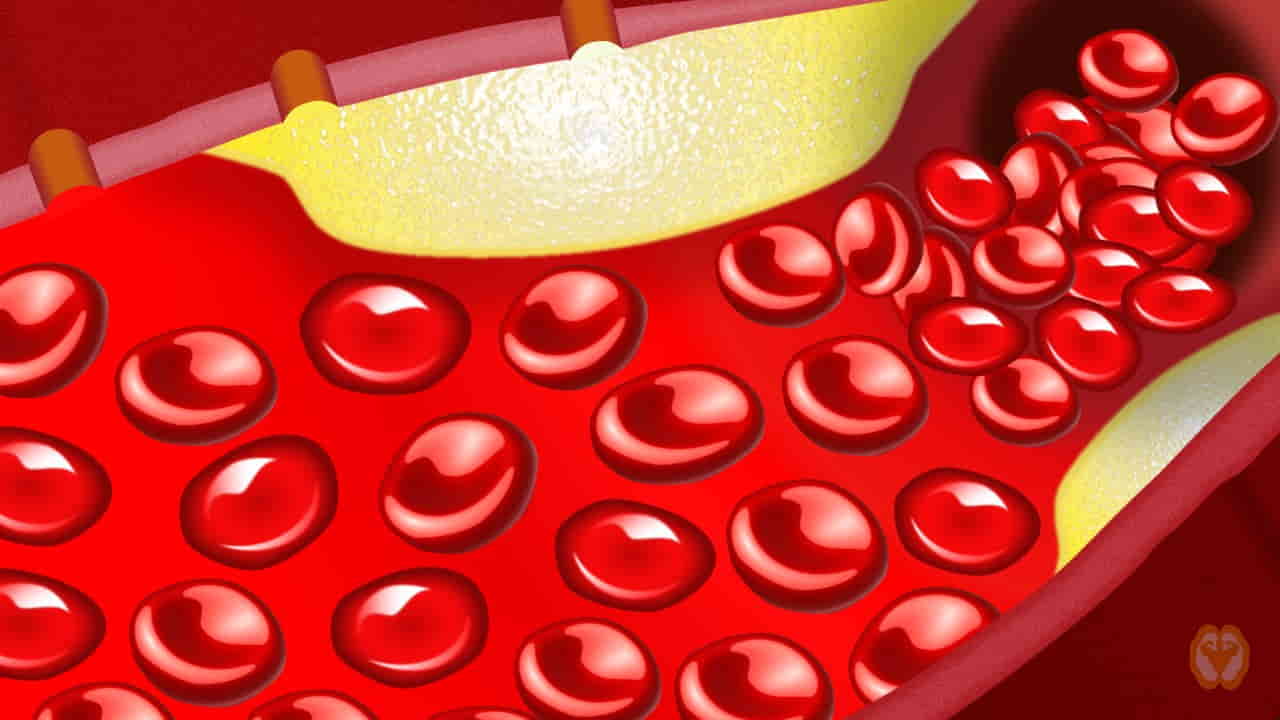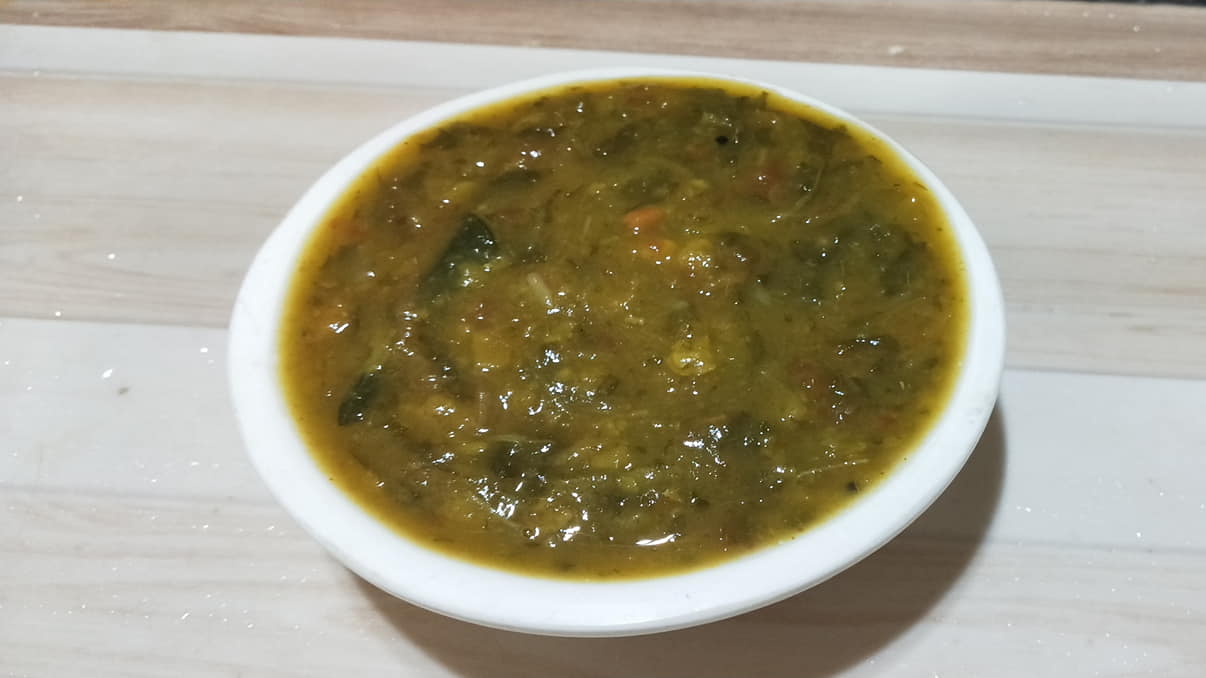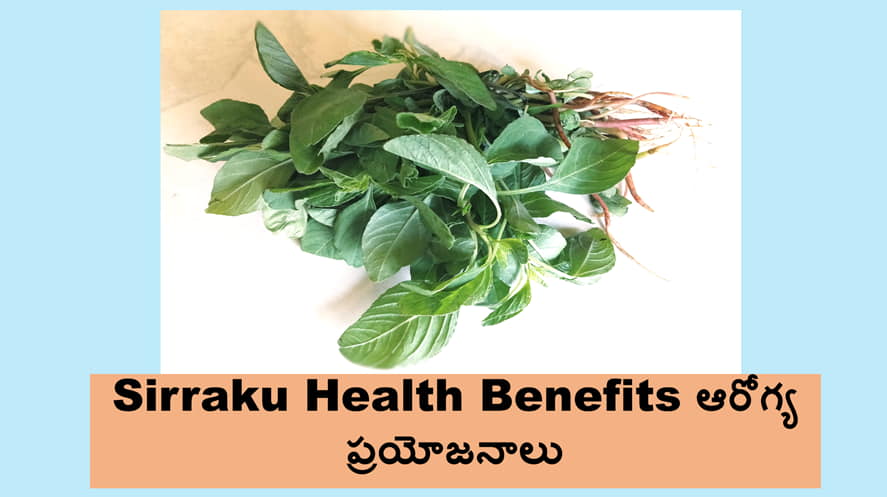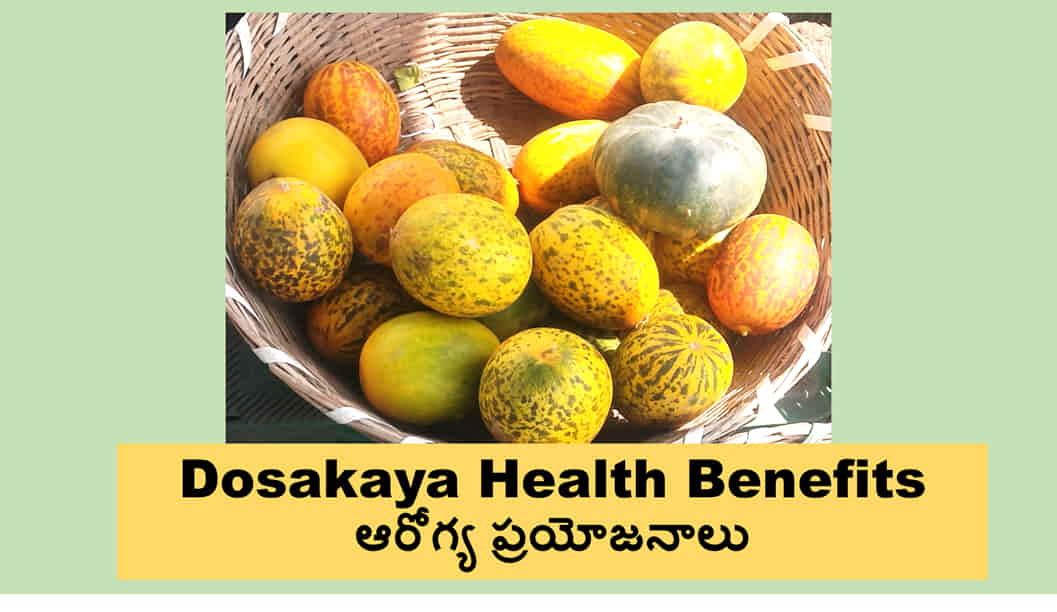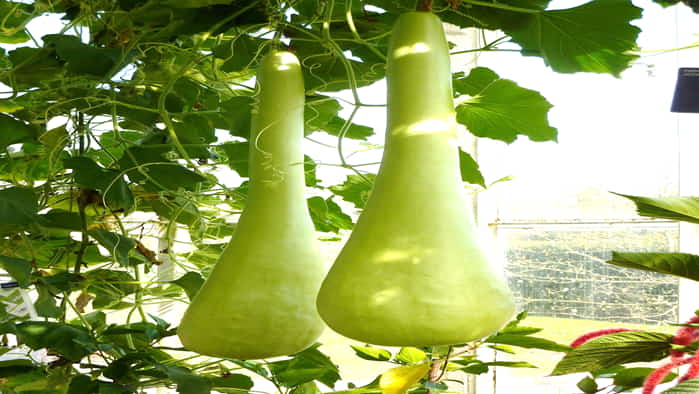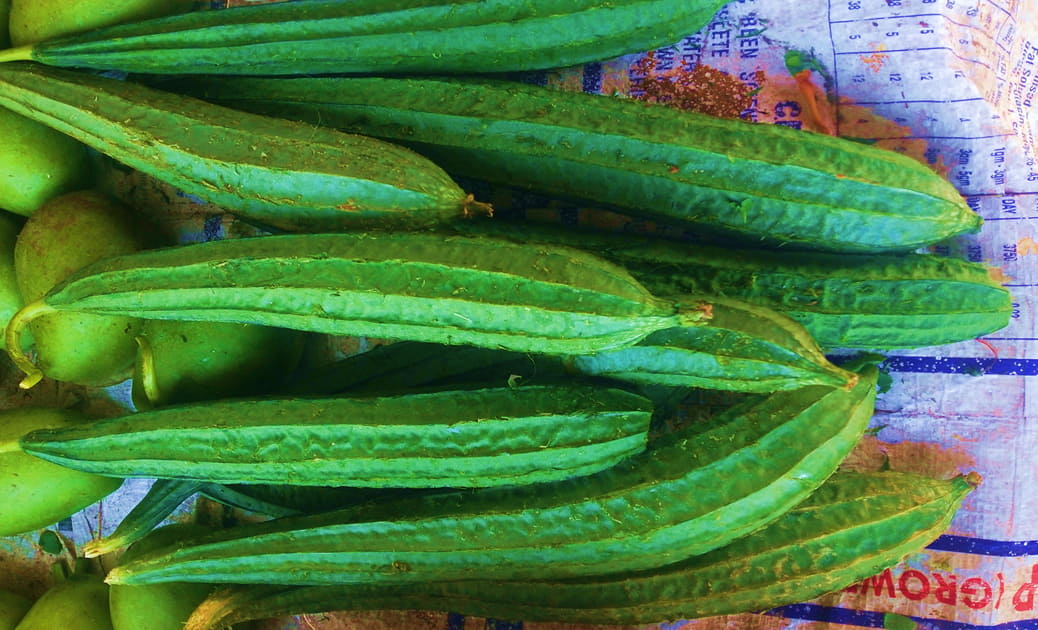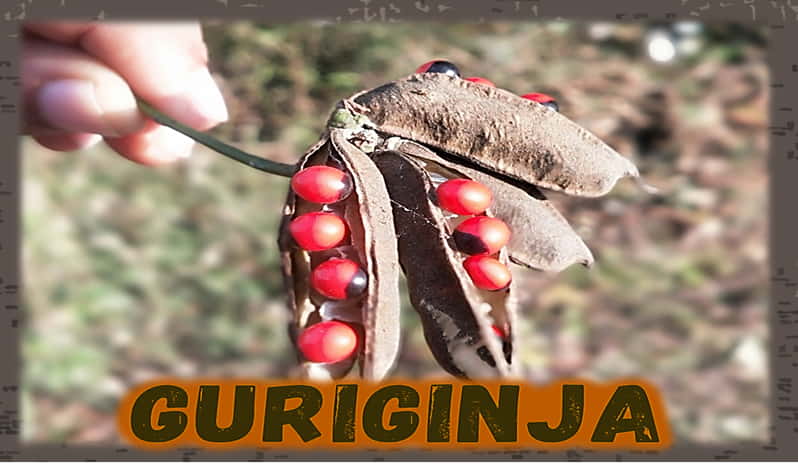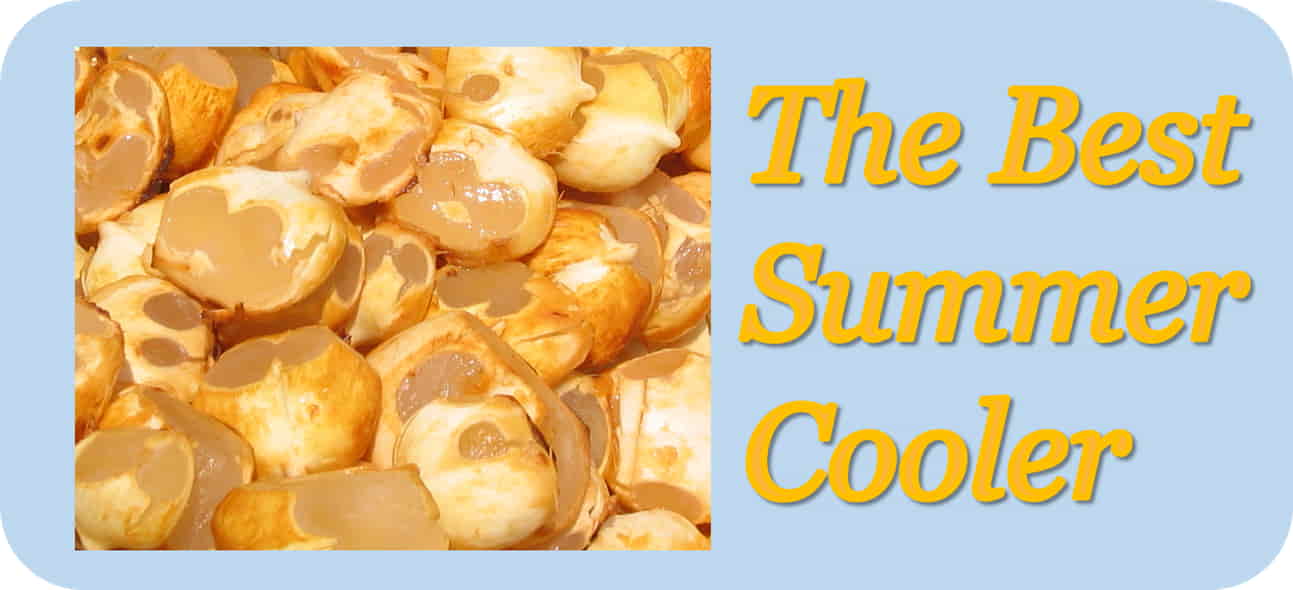I’m guessing you’ve come here to find an answer to the question, “What is Panasakaya in English?” That’s great! To answer this question, we have compiled information about the fruits and seeds of this tree, and we’ve provided up-to-date information on this page, as well as relevant examples.
Panasakaya in English
- Jackfruit
- This scientific name is Artocarpus heterophyllus
- Jaca tree
- Jack tree
- Marang looks similar to jackfruit
- Chakka pazham in some parts of India
- Kanun in Thailand
- Nangka in Malaysia
- Kathal in Bangladesh
- Halasa in Kannada
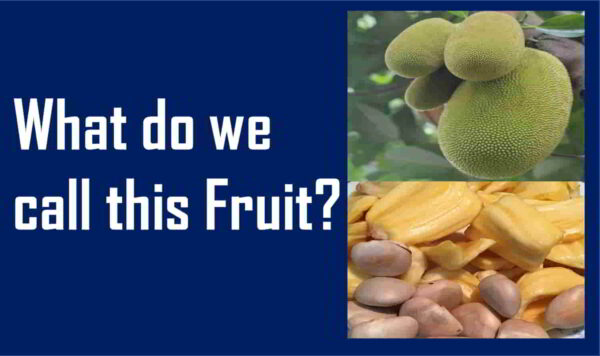
Some Facts about Panasakaya in English
- The jackfruit tree’s fruit and seeds are consumed as food or medicine.
- Jackfruit is consumed as an aphrodisiac or as a diabetes treatment.
- To treat poisonous bites, some people apply jackfruit paste to the skin.
- Furniture and musical instruments are also made from the wood of the jackfruit tree.
- Because jackfruit is high in Vitamin C and antioxidants, including it in your daily diet can help your body fight disease.
- Eating jackfruit replenishes your energy levels by providing 90 kcal of energy per 100 grams, as well as a healthy amount of minerals and carbohydrates.
- It causes allergies in some people, especially those who are allergic to birch pollen, tiny grains of pollen released by birch trees bloom.
- Carbohydrates, proteins, vitamins, minerals, and specialized plant metabolites are all abundant in jackfruit.
- The jackfruit’s flesh and seeds are both eaten in curries and other cooked forms, but when the flesh is fully ripe, it can be eaten like a fruit.
- The fruits, leaves, and bark of the jack tree, as well as other parts, have all been extensively used in traditional medicine because of their antibacterial, antifungal, anti-inflammatory, anticancer, wound-healing, and hypoglycemic properties.
- Although some authors claim that Malaysia may be the potential center for the source of jackfruit, it is generally accepted that it originated in the Western Ghats rain forests in southwest India.
- There is a common misconception that eating too much jackfruit flake can cause certain digestive issues.
Facts about Panasa in Telugu
- పనసకాయ చెట్టు యొక్క పండ్లు మరియు విత్తనాలను ఆహారంగా లేదా ఔషధంగా తీసుకుంటారు.
- పనసకాయను కామోద్దీపనగా లేదా మధుమేహం చికిత్సగా తీసుకుంటారు.
- విషపూరిత కాటుకు చికిత్స చేయడానికి, కొంతమంది చర్మానికి పనసకాయ పేస్ట్ను పూస్తారు.
- పనసకాయ చెట్టు యొక్క చెక్కతో ఫర్నిచర్ మరియు సంగీత వాయిద్యాలను కూడా తయారు చేస్తారు.
- పనసకాయలో విటమిన్ సి మరియు యాంటీఆక్సిడెంట్లు అధికంగా ఉన్నందున, దీనిని మీ రోజువారీ ఆహారంలో చేర్చుకోవడం వల్ల మీ శరీరానికి వ్యాధి నిరోధక శక్తిని ఇస్తుంది.
- పనసకాయ 100 గ్రాములు తినడం ద్వారా 90 కిలో కేలరీలు శక్తిని అందించడమే కాకుండా, మీ శక్తి స్థాయిలను భర్తీ చేస్తుంది, అలాగే ఆరోగ్యకరమైన మొత్తంలో ఖనిజాలు మరియు కార్బోహైడ్రేట్లను అందిస్తుంది.
- ఇది కొంతమందిలో అలెర్జీలకు కారణమవుతుంది, ముఖ్యంగా బిర్చ్ పుప్పొడికి అలెర్జీ ఉన్నవారికి. బిర్చ్ అనేది చెట్ల ద్వారా విడుదలయ్యే చిన్న పుప్పొడి గింజలు.
- కార్బోహైడ్రేట్లు, ప్రొటీన్లు, విటమిన్లు, మినరల్స్ మరియు జాక్ఫ్రూట్ మొక్క యొక్క ప్రత్యేకమైన మెటాబోలైట్లు అన్నీ జాక్ఫ్రూట్లో పుష్కలంగా ఉన్నాయి.
- జాక్ఫ్రూట్ పై ఉన్న మందపాటి తోలు మరియు గింజలు రెండింటినీ కూరలు మరియు ఇతర వంటల రూపాల్లో తింటారు, కానీ పై ఉన్న మందపాటి తోలు పూర్తిగా పండినప్పుడు మాత్రమే, దానిని పండులాగా తినవచ్చు.
- పనసకాయ యొక్క పండ్లు, ఆకులు మరియు బెరడు, అలాగే ఇతర భాగాలు, యాంటీ బాక్టీరియల్, యాంటీ ఫంగల్, యాంటీ ఇన్ఫ్లమేటరీ, యాంటికాన్సర్, గాయం నయం చేసే గుణం మరియు హైపోగ్లైసీమిక్ లక్షణాల ఉన్న కారణంగా దీనిని సాంప్రదాయ వైద్యంలో విస్తృతంగా ఉపయోగిస్తున్నారు.
- పనసకాయ చెట్టు పుట్టినిల్లు మలేషియా దేశం అని కొందరు రచయితలు భావించినప్పటికీ, ఇది నైరుతి భారతదేశంలోని పశ్చిమ కనుమల వర్షారణ్యాలలో ఉద్భవించిందని సాధారణంగా అంగీకరించబడింది.
- ఇన్ని లాభాలు ఇందులో ఉన్నా కూడా జాక్ఫ్రూట్ ఫ్లేక్ను ఎక్కువగా తినడం వల్ల కొన్ని జీర్ణ సమస్యలు తలెత్తుతాయని ఒక సాధారణ అపోహ ఉంది.
